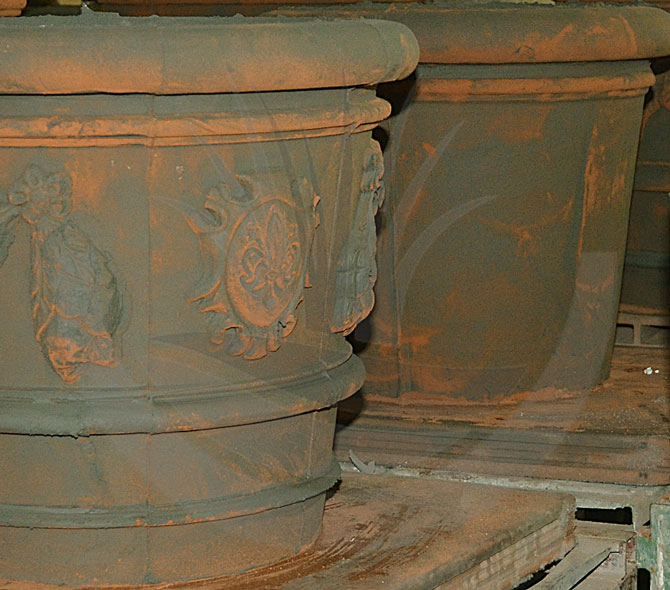
In the essential language of terracotta artisans, there are simple words that have a precise and important meaning only for this type of work. The pottery artisan, or more commonly cocciaio (speak something as cocheio), was not generally a scholar or cultured in the past, having devoted, often since a very young age, a lot of time to work. His communication, which comes from the legacy of the past, is simple and essential. In this section, examples of words specific to the terracotta production world and the meaning attributed to them are collected.
The word of this post is green, an adjective referring to the clay pots in general.
Green is a well-defined color. Green is also a shade of the dark color that clay has when it is still full of moisture and workable. As soon as the vases are removed from the molds, they are green, as that clay is still very wet.
The terracotta craftsmen are simple men who, in the past, were not highly educated and have passed down the craft through generations. They use an essential vocabulary, a code that sometimes seems incomprehensible. What does it mean, for example, when they say that a vase is green?
As the clay pot dries, it loses moisture, dries out and becomes lighter. When it is completely dry, ready to be fired, it is no longer green but white.
It is understood that a green vase is moist, a white pot is dried out.
So in terracotta words green is the opposite of white. A white pot is dried, and is suitable to be fired.
Common phrase:
That vase is green means it is not yet ready to be fired.

